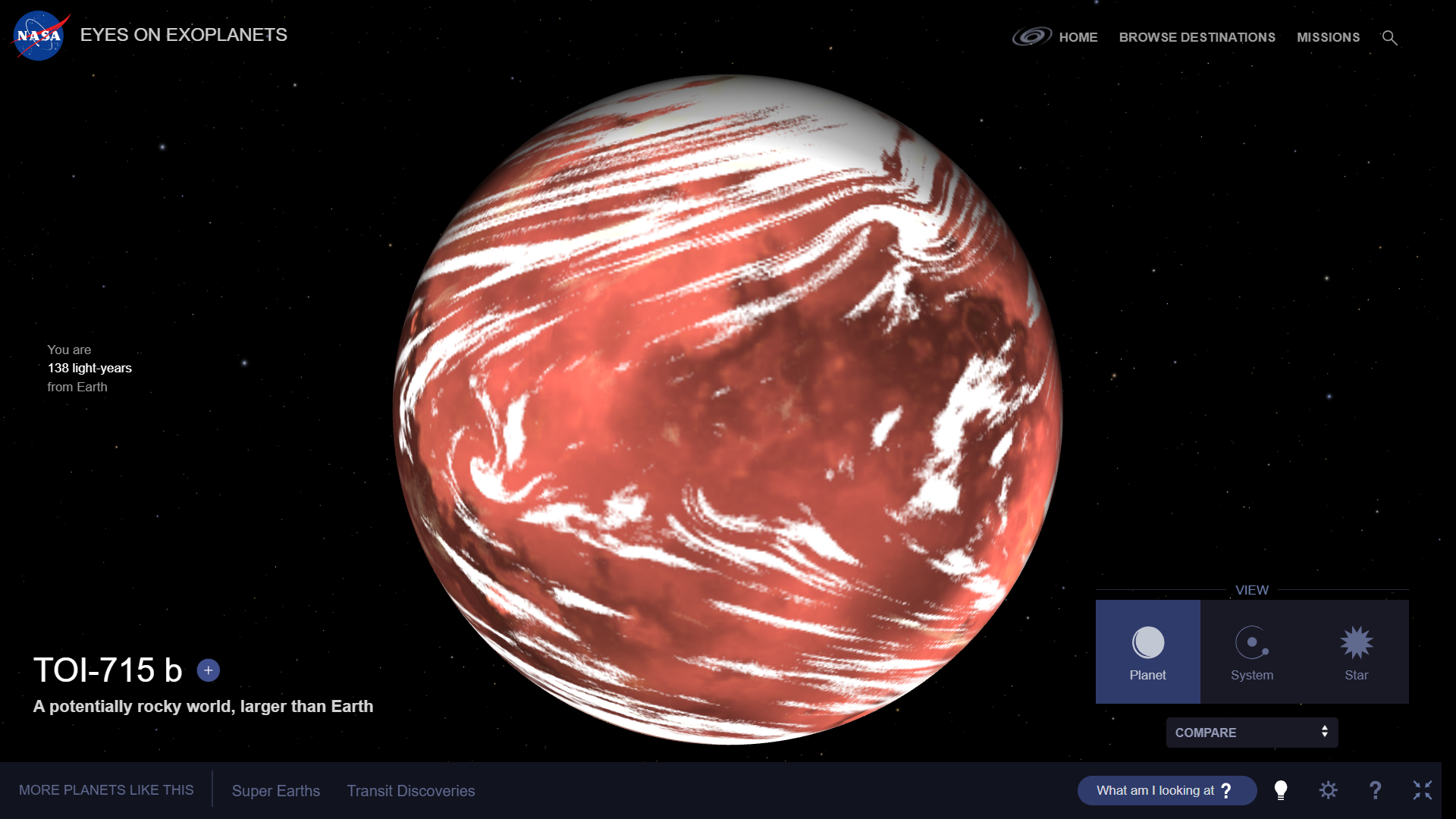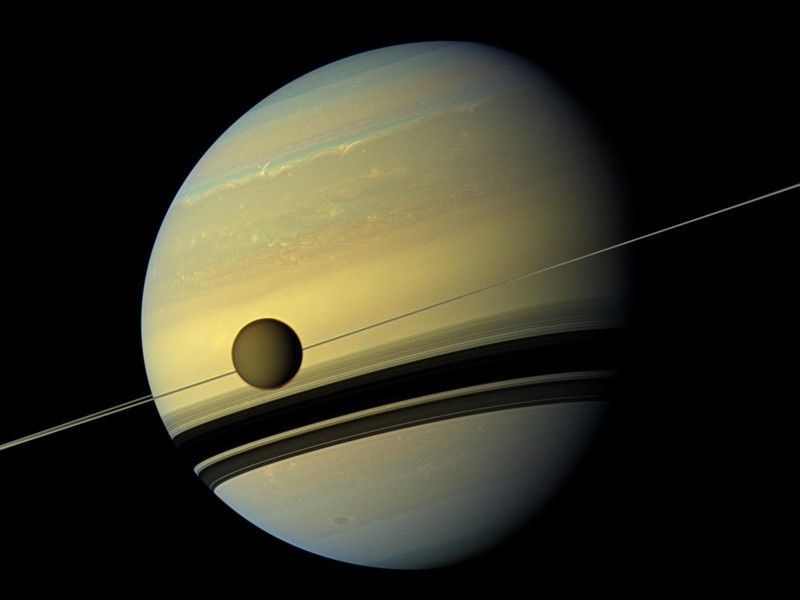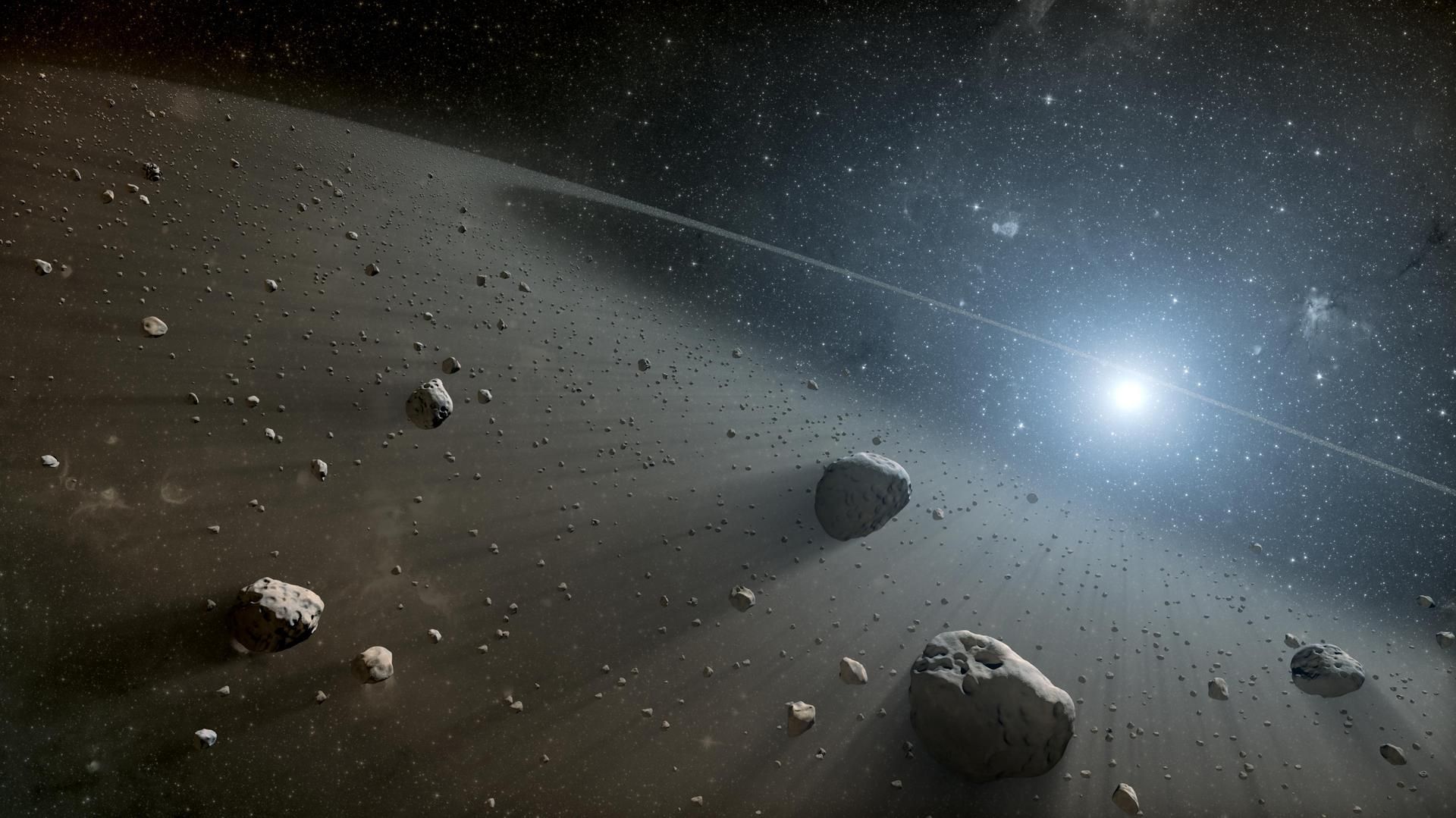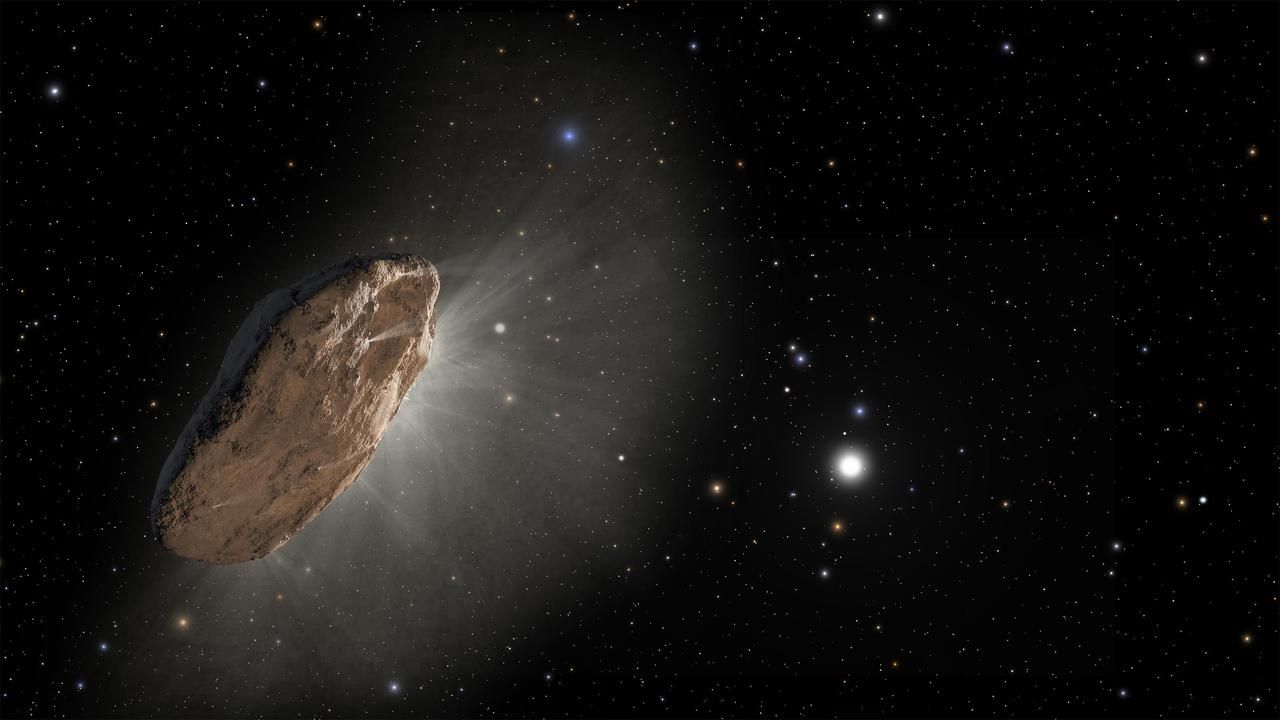Every year, scientists discover something new and amazing about the universe. Some of these you’ll hear about no problem, but just as many will never get enough coverage to become general knowledge. These are some incredible space discoveries in recent years that you may not have heard about.
6
Super-Earth TOI-715b
TOI-715 is a red dwarf star about 140 light years from the Earth in the constellation Volans. TOI-715b, on the other hand, is a special planet within that star’s conservative habitable zone that was discovered in 2023. Dubbed a “super-earth,” it is roughly 1.5x the size of our own planet, and has an equilibrium temperature of approximately -40 °F. It has about three times the mass of Earth and completes an orbit of its own star in approximately 20 days.
A conservative habitable zone is where a planet needs to be in order to potentially form liquid water on its surface, just like here on Earth. As for why this is a big deal, well, we all know that humanity will likely try to colonize the stars one day. While small-scale terraforming of ordinarily uninhabitable planets like Mars may be possible, it would be a lot easier to colonize a planet that is already similar to Earth.
TOI-715b is relatively close to us, astronomically speaking. If the day comes when humanity aims to settle a world beyond our own solar system, it could become a prime candidate for such an undertaking. NASA is incredibly interested in using the James Webb telescope to further study this exoplanet, so they can determine just how fitting for human settlement it potentially is. Even more exciting, they believe there may be another Earth-sized planet in the same habitable zone as TOI-715b.
5
The Many New Moons of Saturn
New technology allows us to make new discoveries in space, and if the leap is big enough, we might discover a whole lot of things at one time. Very recently, scientists discovered 128 new satellites orbiting Saturn, roughly doubling how many moons we believed it had previously. The new updated list means Saturn has a total of 274 natural orbiting satellites, putting it far ahead of the moon runner-up, Jupiter, which only has 95 satellites.
If that sounds like a huge number, well, there are a few caveats to consider. These newly discovered moons aren’t large and spherical like the one that hangs around Earth. These are irregular moons, which are satellite objects only a mile or two in diameter that don’t have any specific shape. These many tiny satellites were probably formed when a larger moon suffered some collision with another large body, perhaps as “recently” as 100 million years ago, according to scientists.
The real question now is “what actually constitutes a moon? When is it just a rock?” Technically, all moons are just big rocks orbiting another celestial body, but there probably needs to be some sort of cutoff, lest we start labeling every single pebble floating around another planet a moon. At any rate, I don’t think these 128 new objects will be getting fancy names like the biggest moons in our solar system.
4
Stars That Are Cold Enough to Touch
We all imagine stars as big, fiery balls of heat and energy. The idea of even getting close to one without burning alive seems asinine, so being able to actually touch one with your bare hands sounds like absolute fantasy. Yet there is a recently discovered type of star out there that can sometimes be colder than your own body. They are called Y-type brown dwarf stars. They are also known as failed stars for a particular reason.
Most stars are gigantic, with enough mass to fuse atoms together and heat up their interiors. Our star, a G-type main sequence star, has enough mass to conduct nuclear fusion, which produces all of its energy. Brown dwarfs, on the other hand, began forming into stars, but didn’t accumulate enough mass to begin the fusion process, so they can’t heat up their interiors and become blazing hot like other stars can.
NASA first discovered a Y-type brown dwarf in 2011, and yet, a lot of people never heard anything about it despite how incredible it is to think about. While there have been around two dozen Y-type brown dwarf stars discovered, and they range in temperature, some of the coolest ones are no hotter than the surface of the Earth or even your own body. Even a cup of warm tea is hotter.
It’s crazy to think about, but there are literally “stars” out there that are so cold you could walk on their surface. Some of them are even comfortable, being around 80 °F. Due to their low energy emissions, they are difficult to locate, but scientists estimate that there could be as many of these Y-type brown dwarfs out there as there are all other types of stars in the universe.
3
Planet-like Rings Around Asteroids
When we think about rings in space, we usually imagine them as giant structures surrounding planets like Saturn. However, scientists discovered that asteroids can also have ring systems more than ten years ago. Despite being a relatively old discovery, a lot of people never heard about it. I guess it wasn’t considered incredible enough to be all over the news, but the discovery is still pretty neat.
In 2014, scientists discovered that an asteroid floating between Saturn and Uranus, called Chariklo, had rings around it. Chariklo is about 155 miles across, but it was still the smallest known celestial objects to possess rings of its own. Before Chariklo, we really believed that only giant planets had the ability to form such rings. Chariklo proved that such rings may be more common in space than we thought, and their formation doesn’t require significant mass and gravitational pull.
But if such a relatively tiny object can have rings, how come more planets don’t have them? Well, scientists theorize that the rings were formed by a light impact between Chariklo and some other object, and that some larger “moons” in the ring are keeping all the smaller debris contained. Whether or not that’s true will require more research.
At any rate, I’d like to see more asteroids with rings depicted in science fiction movies and games now. It’s about time we add some more variety to those asteroid belts!
2
The First Known Interstellar Object
What does it mean for an object to be labeled “interstellar?” It refers to an object in space that has successfully traveled from one solar system to another. Space is incredibly vast, so big and empty that it’s incredibly difficult for anything to travel between solar systems accidentally, and yet, one such object—the first of its kind—was discovered in 2017. Its name is Oumuamua.
To clarify, there have probably been other interstellar objects in the universe before 2017. But Oumuamua is the first object discovered in our solar system that came from a different one. It’s a long, rocky object with a reddish hue, its shape often likened to a cigar. The Hawaiian researchers who discovered it gave it a name that means “a messenger from afar arriving first.” It’s also about 400 meters long.
Interestingly, Oumuamua has a greater aspect ratio than any other asteroid we’ve discovered in our own solar system, being around 10 times longer than it is wide. This might give scientists a unique insight into how it was formed and what asteroids are like in other solar systems, though we have no way of knowing where exactly Oumuamua came from. What we do know is that it’s heading for the constellation Pegasus at about 85,700 miles an hour.
By now, Oumuamua has likely left the confines of our solar system. Scientists even hypothesize that many such interstellar objects pass by, but Oumuamua is the first one we’ve ever been able to notice. Soon enough, we may be able to detect more strange visitors passing through our neighborhood.
1
Empty, Starless Galaxies
As far as most of us laymen are concerned, a galaxy has lots of stars in it. But recent discoveries challenge that notion. In 2024, scientists discovered a “dark” galaxy with no stars, labeled J0613+52. There is plenty of gas in this “galaxy,” plain for all of us to see, but despite having prime conditions to form stars, there don’t seem to be any there. It’s led scientists to question their understanding of galaxy formation and what even counts as one.
J0613+52 isn’t the only one to be discovered, either. Quite close to its discovery, a similar galaxy called Nube was discovered. It’s also nearly empty, but it has some other strange features as well, such as being oddly uniform in its shape and being weirdly isolated in the cosmos—its nearest neighbor is still 1.4 million light years away from it.
These ghost galaxies raise a lot of questions, as they seem to be in perfect situations to form stars, but just don’t seem to be doing that. At this point, we have to start debating what even counts as a galaxy—is a big cloud of gas, even a galaxy-sized one, a galaxy? Isn’t that just a nebula? An answer to that question might have to wait until these ghost galaxies have been studied further.
New discoveries in space are being made every day. Some are huge and mind-boggling, changing the very way humans perceive the universe. Others are interesting, but fall in line with what we’ve always suspected. If you want to stay up to date with what we’re discovering out there, your best bet is to follow news updates from major space agencies like NASA. Hubble and the James Webb telescope are always seeing new things!









